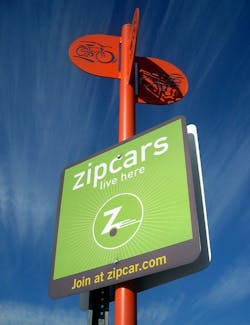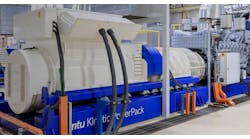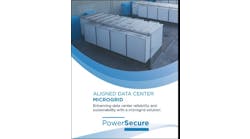Two utility microgrids – one under development by Avista and the other by the Snohomish County Public Utility District (SnoPUD) – yesterday received $3.5 million each from the state Clean Energy Fund.
Avista describes its utility microgrid as a shared economy project, the energy equivalent to Zipcar.
Photo from Flickr
The utility microgrids are part of a larger push by the state to develop grid modernization models that can be replicated elsewhere.
Issued by the Department of Commerce, the funds will help Spokane-based Avista develop a $7 million microgrid within a larger smart city program.
Avista intends to demonstrate the shared energy economy concept, which allows use of an energy asset for multiple purposes and by more than one user. Rooftop solar panels and battery storage will be installed on two university buildings, connected by an energy management system. The system senses which building needs power and which has power to share.
“In a ‘sharing economy’ resources are shared, allowing customers to access goods without ownership. For example, if you rent a Zipcar, you can pay to use a car when you need it, instead of owning a personal car. We are excited to explore this concept as it relates to energy,” said Heather Rosentrater, Avista vice president of energy delivery.
Now in the design and contracting phase, Avista’s project also is interesting because the utility is attempting to move the microgrid value proposition beyond just resiliency into grid economics. The utility wants to show how to leverage a microgrid’s various assets when it is connected to the grid.
SnoPUD tests for natural disasters
SnoPUD, meanwhile, intends to develop the Microgrid and Clean Energy Technology Center, which will be used to power its Arlington office during a grid outage.
Now in design, the project will demonstrate how technologies like energy storage, microgrids, small-scale renewables and an electric vehicle-to-grid system can work together to improve grid resiliency, disaster recovery and renewable energy integration.
The project will include a 500-kW solar array with smart inverters, a 500-kW/1,000 kWh lithium-ion battery and vehicle charging stations. SnoPUD also will build a technology center to educate the industry and the community about the technologies.
“Beyond the considerable value this facility provides for research of clean energy technologies, we will also test its viability to serve as a critical backup system for PUD operations in the event of a major disaster,” said Craig Collar, SnoPUD CEO and general manager.
SnoPUD has already installed the largest flow battery system in North America through the Clean Energy Fund.
“Our state’s investments in clean energy are helping strengthen communities all across the state,” said Brian Bonlender, state commerce director. “As our strengths in information technology and cloud computing converge in new energy systems and operations, technologies developed and deployed in Washington are positioned to sell into global markets, creating new jobs and business opportunities here.”
Looking for more news about utility microgrids? Subscribe to the free Microgrid Knowledge newsletter.







